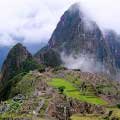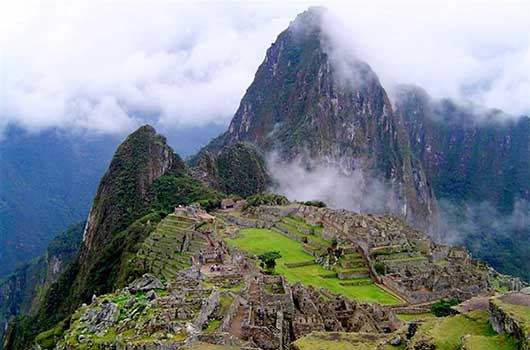
Machu Picchu
One of the great ways to celebrate Hispanic Heritage Month is to learn about the widespread cultures of Latin America, whose history is so unquestionably intertwined with ours. And what better way to celebrate than to travel and immerse yourself in culture?
Here are seven Hispanic Heritage sites across the Americas for you to explore:
1. Machu Picchu
One of the most famous pre-Hispanic sites in Latin America, Machu Picchu is the 15th century Inca estate believed to have been built for the Inca emperor Pachacuti. Since the site was never discovered by Spanish conquistadores, the buildings remained more or less intact. And thanks to restoration efforts that continue today, tourists can enjoy walking through the original layout.
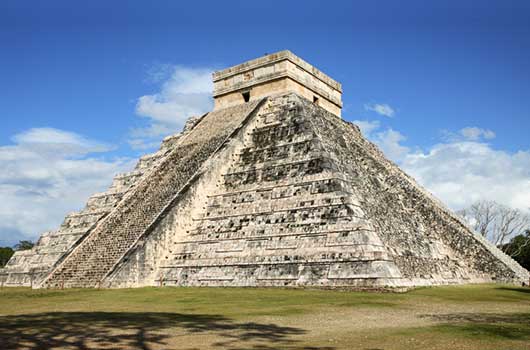
Chichén Itzá, México
2. Chichén Itzá
Once one of the largest cities in the Mayan civilization, Chichén Itzá is also the second most visited site in Mexico. Known for their exceptional knowledge of mathematics and astronomy, the Mayas’ skill is evident in the architecture of the pyramids, temples, and other buildings at Chichén Itzá.
Read Related: 5 Inolvidable Romanitc Getaways Inspired by Luis Miguel
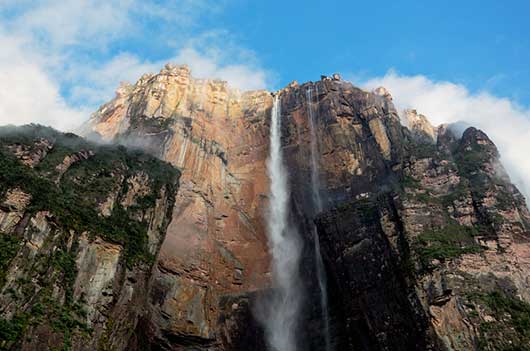
Cataratas Ángel, Venezuela
3. Angel Falls
The world’s highest uninterrupted waterfall is found in Venezuela. Named for the US aviator, Jimmie Angel, who was the first to fly over the falls, many Venezuelans argue that the waterfall should instead bear the indigenous name, Kerepakupai Vená. But it was named in Angel’s honor after he crash-landed his plane near the top of the falls and hiked for 11 days with his wife and two other passengers back to civilization. Nowadays, when the river is deep between June and December, tourists can take a river boat up to the base of the falls.
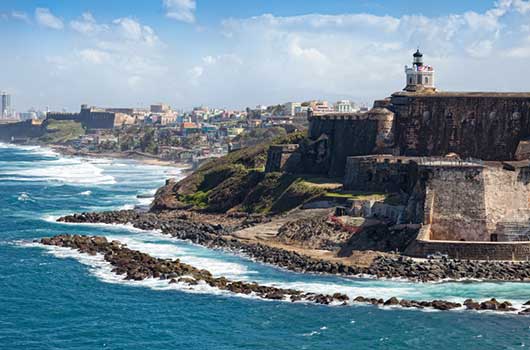
El Morro, Puerto Rico
4. El Morro
With its breathtaking ocean views, this old fortress in Puerto Rico symbolizes the country’s historic role as “guardian of the New World.” It is found on the northwestern-most point of Old San Juan, and took more than 200 years to build. It has never been overtaken in a naval attack and, in fact, successfully stood firm against the attack of Englishman Sir Francis Drake in 1595. And during World War II, it was used by the U.S. to track German subs in the Caribbean.

Las Islas Galápago
5. Las Islas Galápagos
The Galápagos Islands are made up of an volcanic archipelago off the coast of Ecuador. Famous for having contributed to Charles Darwin’s theory of evolution by natural selection, the islands are located where three ocean currents come together, resulting in a diversity of marine life and other wildlife not found anywhere else in the world. In fact, the islands are home to a variety of unique animals that have little fear of humans, thereby enabling visitors an up-close look and once-in-a-lifetime experience.
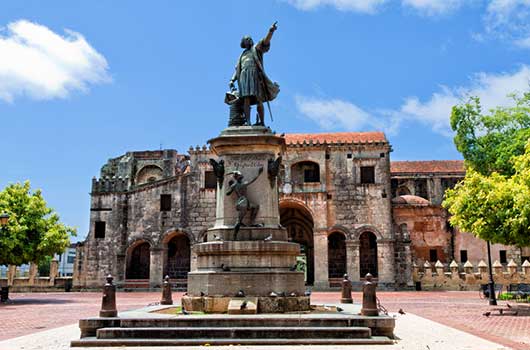
Santo Domingo, Dominican Republic
6. Santo Domingo
Capital of the Dominican Republic, Santo Domingo is the oldest European city in the Americas. But perhaps it is most famous for having been established in 1496 by Christopher Columbus’ brother Bartolomé Colombus, who originally named it La Nueva Isabela. From this city, numerous conquistadores launched their missions to the New World, including Ponce de León, Hernán Cortés, and Vasco Núñez de Balboa. Many historic buildings still stand today in Santo Domingo, including the Alcázar de Colón that was built by Christopher Columbus’ son, Diego.
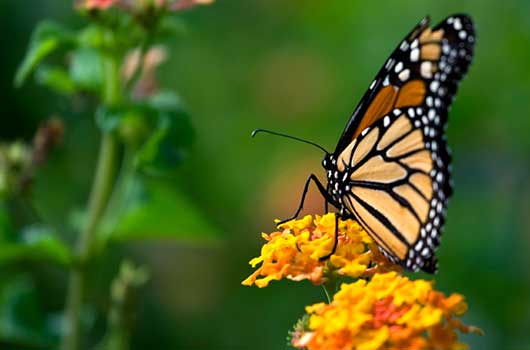
El Rosario Mountain Sanctuary
7. Michoacan’s El Rosario Mountain Sanctuary
Each fall, millions of monarch butterflies from around the United States and Canada migrate up to 2,000 miles south to the high mountains of Mexico, where they roost over the winter. These beautiful ambassadors of nature know no boundaries or borders, and embody the spirit of cooperation between countries. A visit to El Rosario will move anyone to think about what it means to be a good neighbor.

